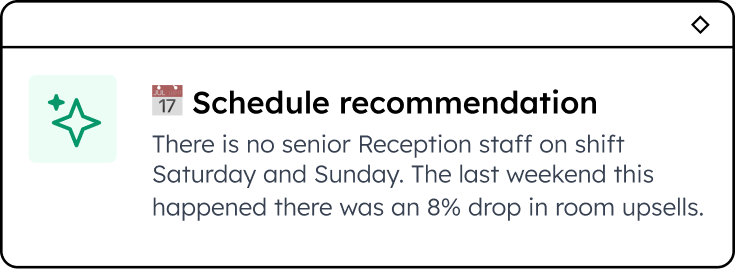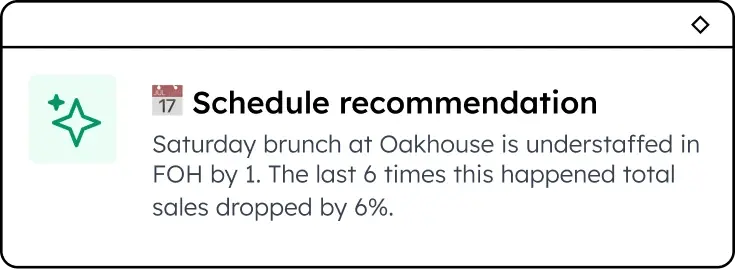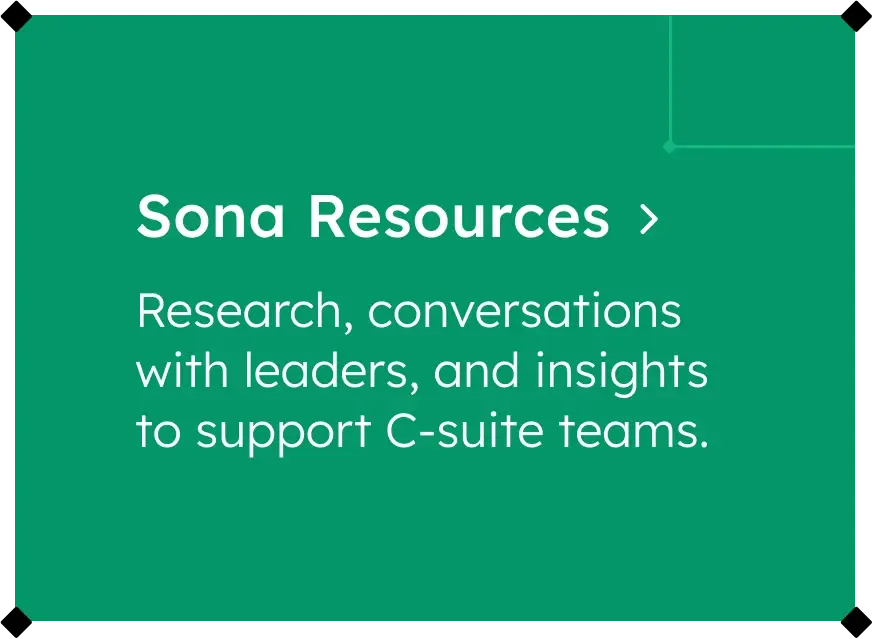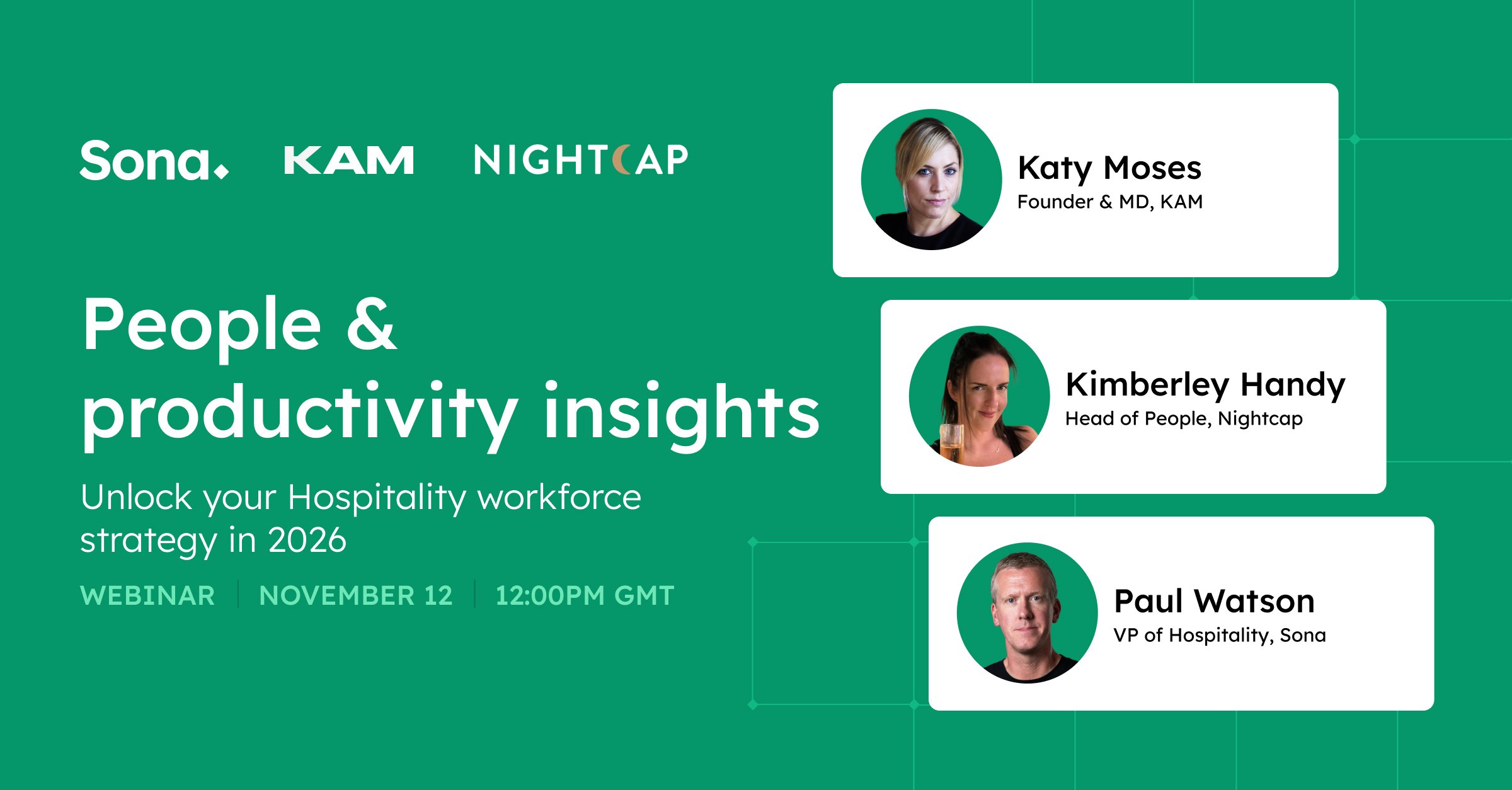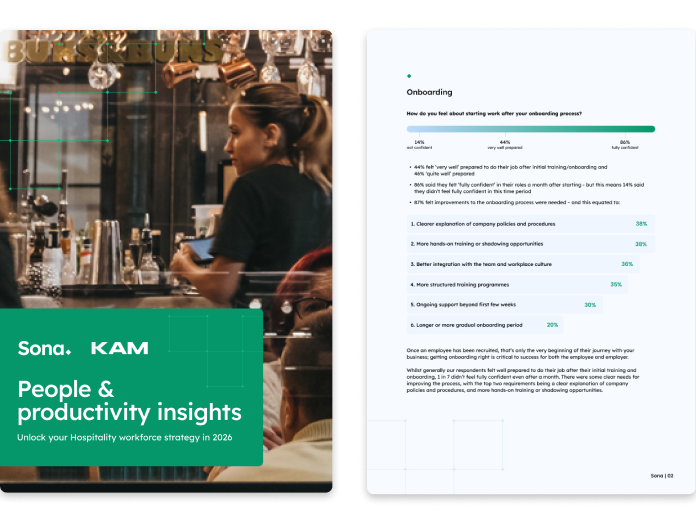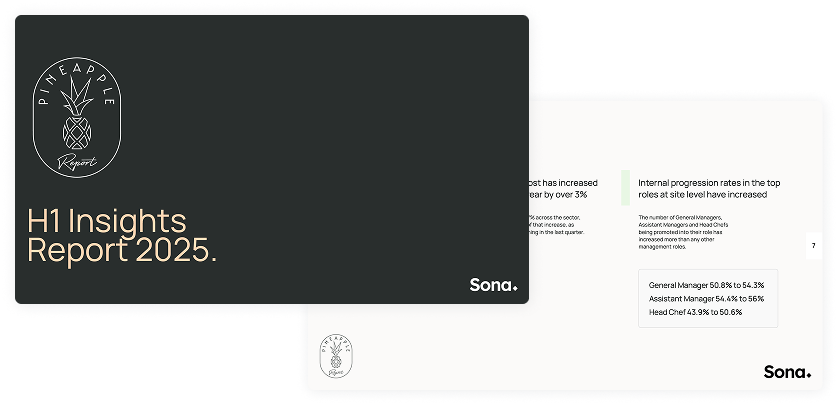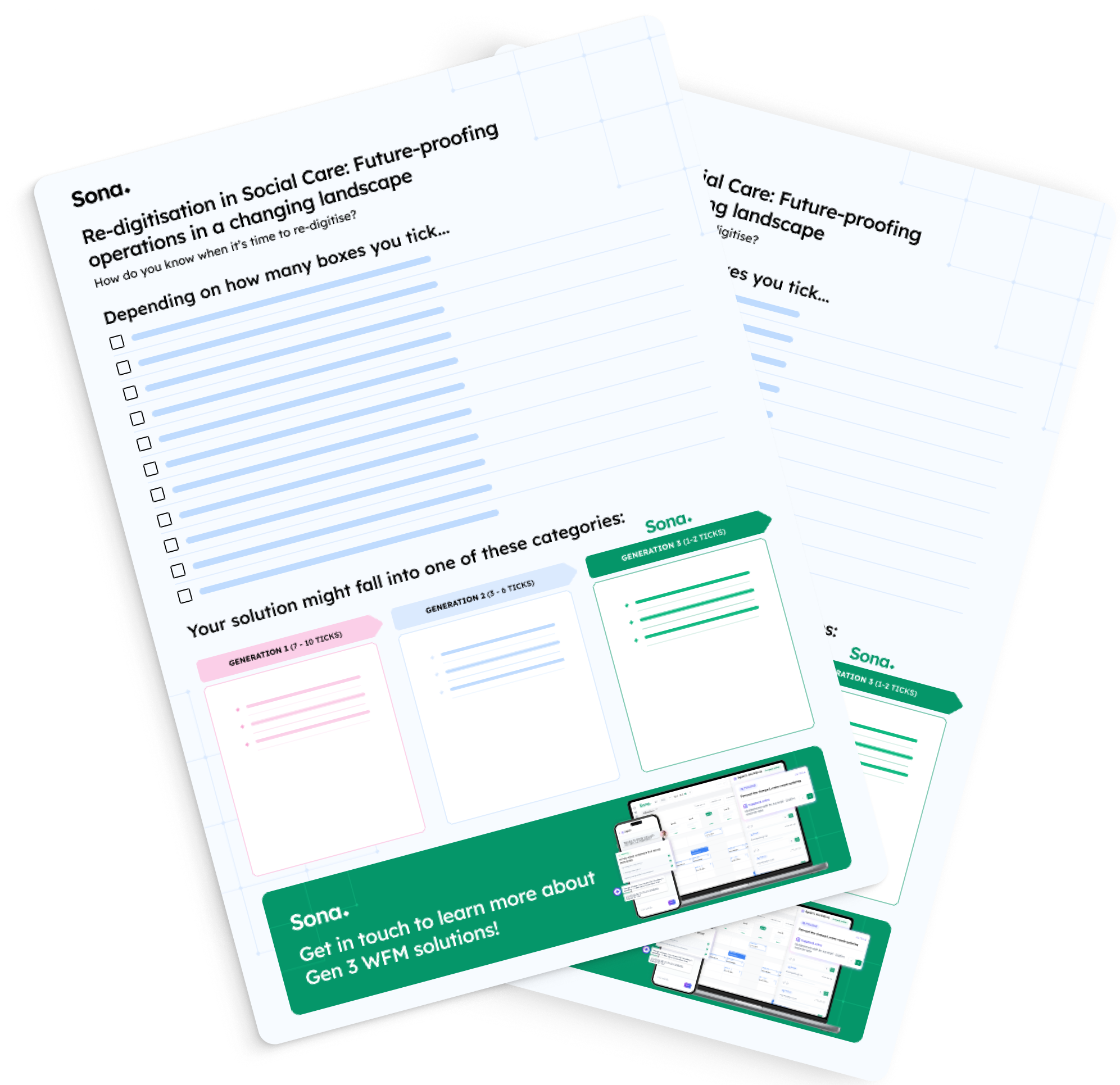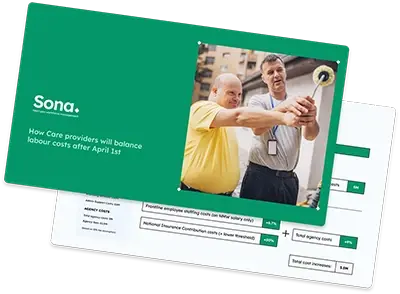Insight, Social Care, Scheduling
What is 'self-scheduling', and how can it unlock greater flexibility in care workforces?
90% of care sector employees would feel happier at work if they had more freedom to choose their working patterns. Care providers that offer greater flexibility have a competitive edge in the labour market and lower churn rates.
4 minute read
Our customers are doing precisely this thanks to ‘self-scheduling’. So what exactly do we mean by this, and how can it be implemented without causing rostering chaos?
This article will answer both those questions and explore the benefits of giving your organisation more ‘flex appeal’.
What is ‘self-scheduling’?
Self-scheduling means letting employees select the shifts they want to work rather than being allocated all their hours by the scheduling manager.
It’s a different approach to auto-scheduling. Using software to complete a rota automatically sounds brilliant in theory but is rarely so straightforward in practice - there are just too many variables.
It’s hard for any system to factor in countless personal preferences and nuances (often undocumented), plus short notice changes such as illness. Plus, it doesn’t allow any room for individual autonomy.
At its extreme, self-scheduling would be a free-for-all and utterly impractical for almost any frontline organisation. But introducing partial self-scheduling is very achievable (see next section).
For example, if you know your staffing requirements for an upcoming week, perhaps an employee contracted for 36 hours a week could be scheduled for 24 hours and free to pick the other 12 from the remaining shifts available.
However, if you’re working from a paper or spreadsheet-based rota, giving staff more say is likely to add an overwhelming amount of complexity and be too time-consuming.
How does self-scheduling work in practice?
Effective ‘self-scheduling’ is only possible with smart technology to eliminate the associated admin burden.
Our unique shift filler platform is our solution, which enables managers to create available but unassigned shifts and staff to view and book into these shifts using our smartphone app.
Whenever a shift is posted, our system automatically determines who is available and qualified to work it so only relevant employees can claim available shifts.
Preferences can be set to allow automatic approvals, so the only manual work involved for managers is posting the shift details at the start.
Staff will also find it easier to pick up additional hours or overtime as and when they need to.
Self-scheduling can work for a single site but is even more effective if staff can choose to work shifts across multiple locations. More cross-site working is an extra benefit of this approach.
Speaking of which…
What are the benefits of self-scheduling?
1) Greater flexibility for staff
This is the main point of self-scheduling, but it’s hard to overstate how much of a difference this can make.
Over time, issues like not being able to book a dentist appointment or pick the kids up from school, or having to cancel family plans because of work, stop being minor frustrations and become seriously damaging to morale.
Care employees are increasingly favouring employers that offer them greater work-life balance. Our customers regularly tell us that they’ve seen improvements in staff happiness since implementing Sona.
Colleague morale has increased as they can easily see their rotas and also pick up extra shifts as they want to.
2) Easier and fairer access to overtime
Busy managers are looking to fill their rotas and cover gaps as quickly as possible. This often means they have a handful of ‘go-to’ team members they call on when they need to find shift cover.
As well as getting shifts filled faster, sending out available shift alerts to everyone at the same time is far more transparent and ensures a fairer distribution of overtime.
It's great to be able to easily see what extra shifts are available; it's a much fairer way to pick up overtime as it's available to everyone.
3) It saves everyone valuable time
People choose a career in care - to care. So every hour saved on admin is an extra hour to dedicate to high impact tasks, from service delivery to recruitment and employee recognition.
On average, managers using Sona for their shift management save five hours every week - that’s up to three whole days a month back to focus on the things that matter most.
Before Sona came along my team leaders and managers were saying two or three days of their week was spent managing a rota. And now all of a sudden they're able to do the other stuff that's really important as our core business.
4) It’s good for the bottom line
Our customers have found that self-scheduling has improved shift uptake (especially when combined with hourly rate incentives for harder-to-fill shift types).
That means fewer hours allocated to temporary agency staff and lower agency bills.
And with every replacement hire costing up to an estimated £10,000 in recruitment, training and lost productivity, every additional staff member you retain is a boost to the PnL.
Staff have been picking up extra shifts and we've also been able to attract more bank staff. It's cut our agency hours by half!
Are you interested in joining the self-scheduling revolution?
We can set up a free pilot with full access to our shift filler platform so you can discover for yourself with no commitment. To find out more:
-
Book a demo to speak to one of our knowledgeable and friendly team
-
Check out one of our regular product showcases
-
Got a question? Ask us on live chat (bottom right-hand corner) or drop us a line: hello@getsona.com
Enjoyed this article? Let's stay in touch 👋
If you liked this article, why not subscribe to our newsletter to get the latest news and views delivered straight to your inbox?

